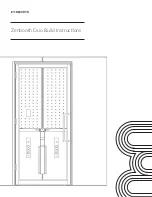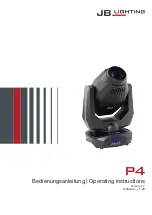
-8-
V
.
Measuring Principle
1. Voltage to ground measurement adopts average value rectification
method.
2. Earth resistance measurement with fall-of-potential method. AC
constant current
I
is applied between the measurement object
E
earth
electrode and
C
(H)
current electrode, and finding out the potential
difference
V
between
E
earth electrode and
P
(S)
voltage electrode,
calculating the earth ground
R
according to formula
R=V/I
. To ensure the
accuracy of test, designed the 4-wires method, increase
ES
auxiliary
ES
and
E
clip on the same point during testing. The
4-wires method can eliminate influence of contact resistance (usually
result from dirty or rusty) between measured earthing body, auxiliary
earthing rods, test clips, meter’s input interface. The 4-wires method can
also eliminate influence of line resistance.
3
.
Maximum Operating Error
:
Operating error(B) is an error obtained
within the rated operating conditions, and calculated with the intrinsic
error(A), which is an error of the instrument used, and the error(E) due to
variations.
A
:
Intrinsic error
E2
:
Variation due to power supply voltage
E3
:
Variation due to temperature change
E4
:
Variation due to interference voltage change
E5
:
Variation due to contact electrode resistance
4. Soil resistivity (ρ) is measured by 4-pole method (Wenner method):
There is a AC current
I
between
E
earthing electrode and
C
(H)










































